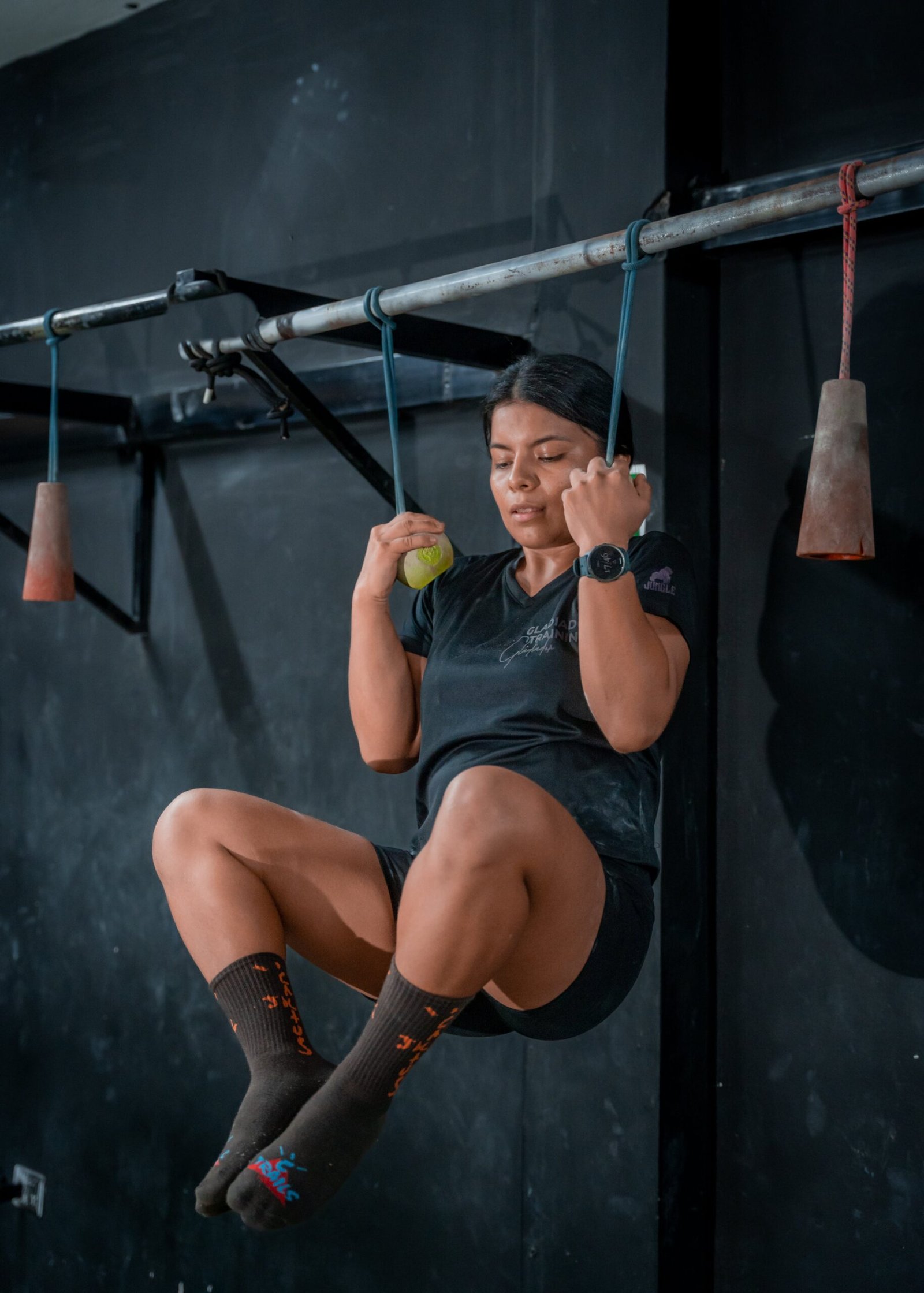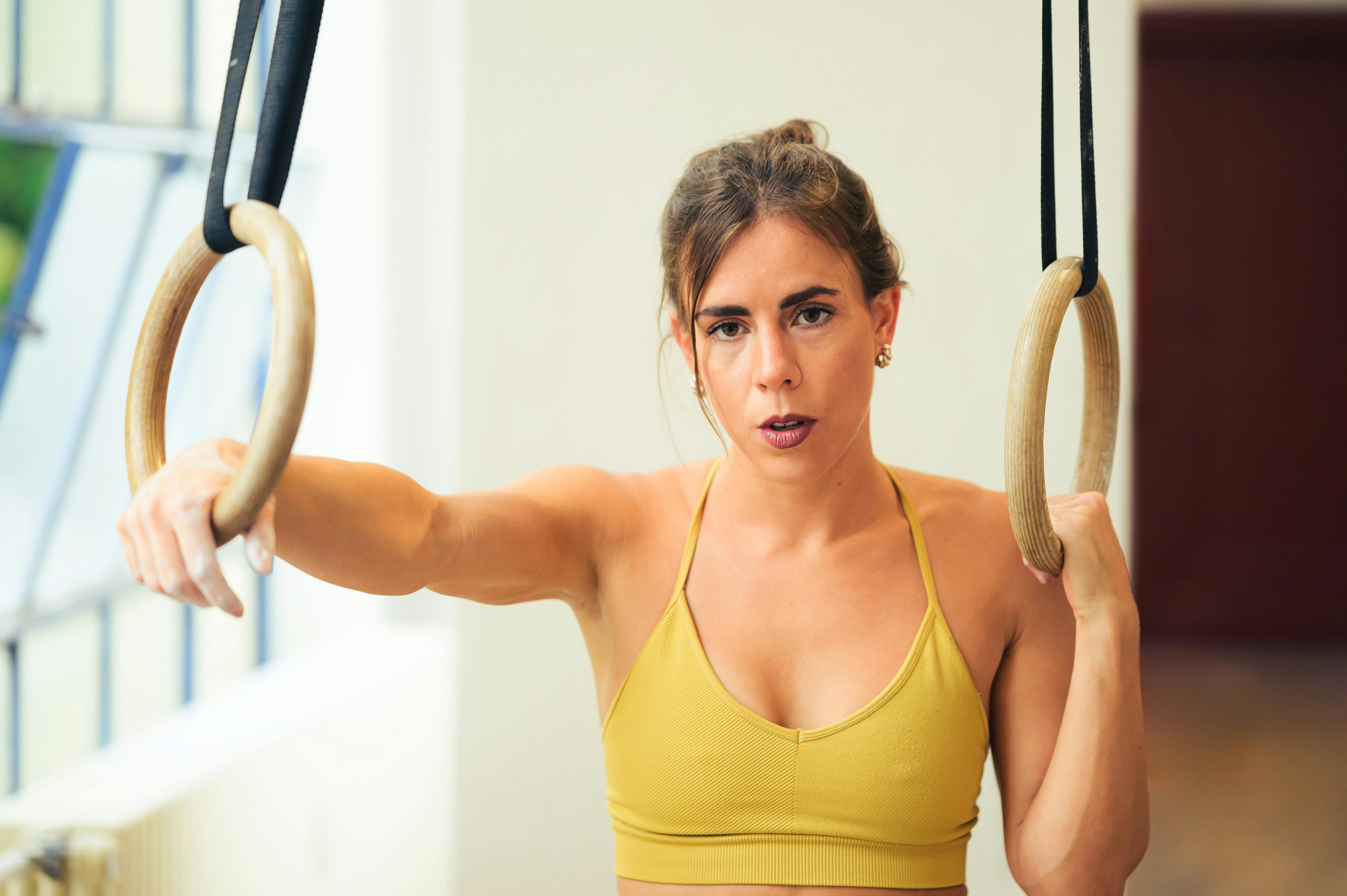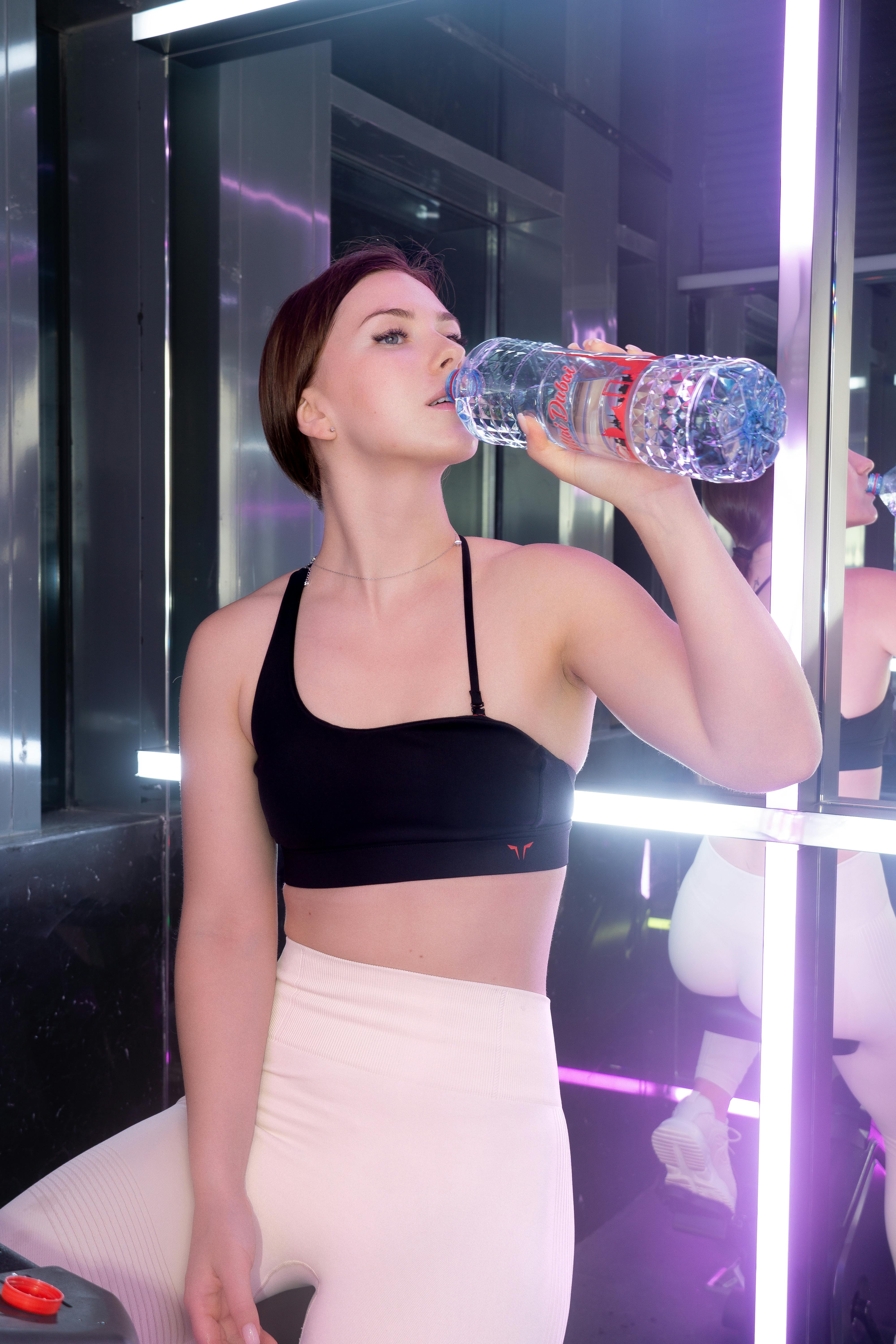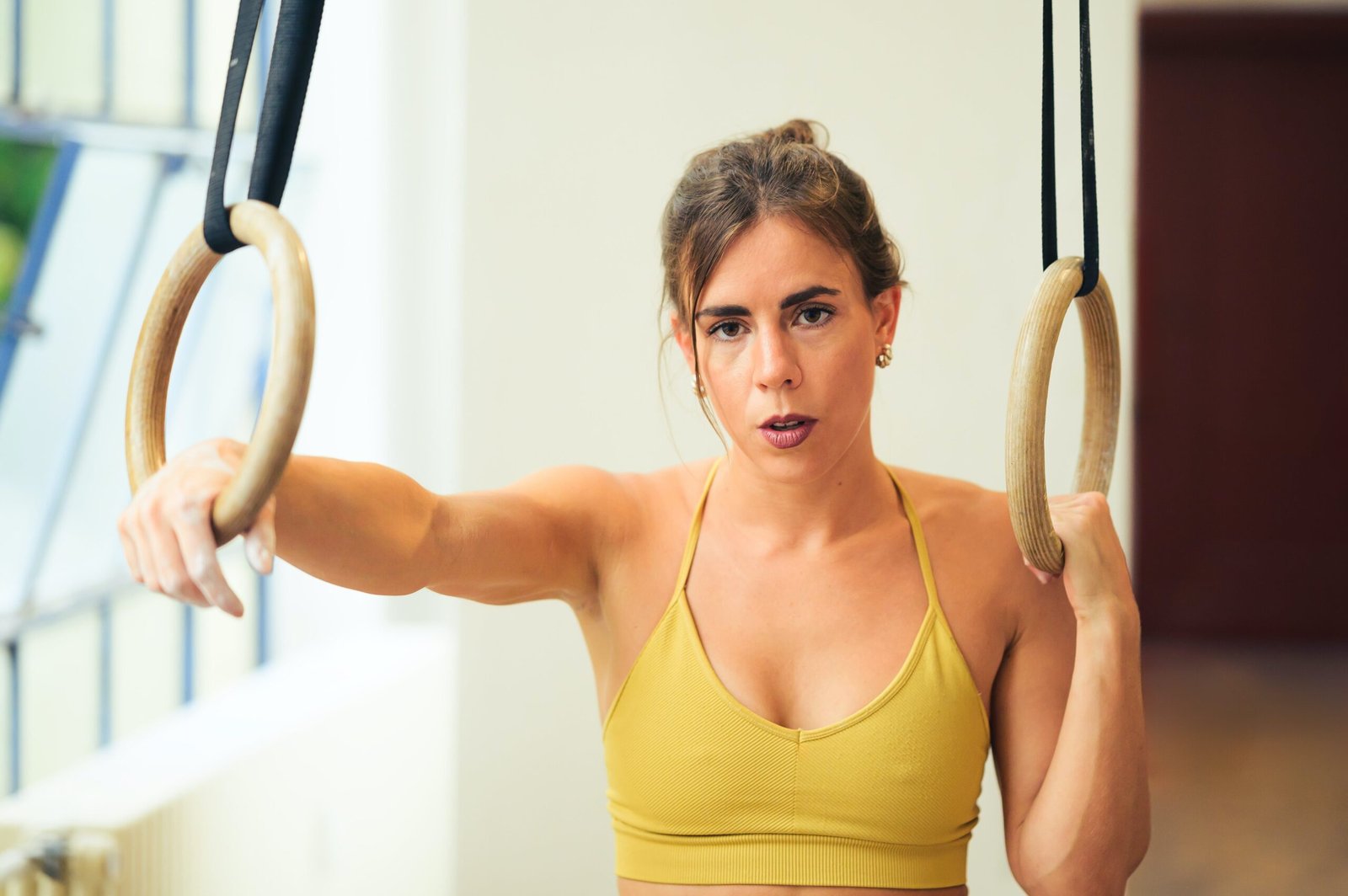In the fervent journey towards optimal health and fitness, amidst the bustling urban life, setting up your personal gym could tip the balance in your favor. My latest article “Mastering the Home Fitness Setup: How to Set Up an Old Total Gym,” offers detailed, comprehensive steps, aimed at transforming your living space into a fitness hub with optimal use of an old Total Gym equipment. Combining my personal experience and extensive research on the topic, I reveal practical, innovative, and cost-effective strategies to set up your gym at home, ensuring you don’t compromise on your fitness goals. This consummate guide is more than an assembly manual; it’s a treasure trove of insights meant to bring the fitness center right within your household.

Understanding Your Space
In the quest to set up an ideal gym at home, the first step is understanding the space that’s available to you. This process involves identifying suitable areas within your home where you can place gym equipment and then determining how best to utilize the area.
Identifying Suitable Space for Gym Setup
Identifying the appropriate space for setting up a gym involves considering factors such as the size, our daily routine, and convenience. The basement, garage, or a spare room can be considered suitable if they provide enough room for both the equipment and movement during workouts.
Importance of Ventilation and Lighting
When setting up your gym, the importance of good ventilation and sufficient lighting can’t be overstated. Poorly ventilated rooms may not provide enough fresh air, which is vital during workouts when your rate of respiration increases. Similarly, good lighting not only creates a conducive workout environment but also helps in preventing accidents which can occur in dimly lit spaces.
Organizing Your Gym Space
Once an ideal space has been identified, the next step is organizing. This involves positioning your equipment in a way that allows free movement, enough space between equipment and ensuring that the space feels inviting and conducive for workouts.
Purchasing Basic Requirements
Setting up a home gym requires buying the basic equipment and accessories.
Choosing the Right Equipment
The choice of equipment depends on the type of workouts you plan to do. For instance, if strength training is your focus, then weights will be your primary equipment. Similarly, if you’re more into cardio workouts, a treadmill or stationary cycle would be a good starting point.
Additional Accessories for Your Home Gym
Gym accessories augment your workout routine. These can include items like yoga mats, resistance bands, gym balls, foam rollers, etc. They are as crucial as the main equipment and, most times, enhance the scope of your workout.
Ensuring Appropriate Flooring
Appropriate flooring is critical for a home gym set-up. Hardwood floors are the most recommended as they’re able to withstand the weight of the equipment and the impact of workouts. Additionally, they are also easy to clean, which is an added advantage.

Detailed Setup of an Old Total Gym
Next, you’ll need to understand the intricacies of setting up an old Total Gym
Components of the Total Gym
Understanding the components is the initial step toward the successful setup of an old Total Gym. It primarily comprises of the rolling seat, the incline rail, the squat stand, and the pulley mechanism.
Comprehensive Assembly Instructions
Assembling an old total gym begins by expanding the incline rail and securing it. Next is to fix the squat stand, followed by the installation of the pulley system to the machine’s top. The final bit involves putting the rolling seat at the bottom of the rail.
Checking for Any Faults in the Equipment
Examining for faults is crucial at this juncture. This involves checking for any physical damage, loose screws or bolts, or any signs of wearing out on the cables.
Safety Measures when Setting Up Your Gym
Add an extra element of precaution when setting up your gym which will greatly help avoid any unforeseen accidents.
Proper Positioning of the Total Gym
The Total Gym should always be positioned on a flat surface to avoid any instability during workouts. It is also recommended to provide enough space around it for free movement when using it.
Understanding Safety Locks
The total gym comes with safety locks which are meant to keep the machine stable during use. It’s crucial to thoroughly understand how these locks work and to ensure always they are engaged before you start your workouts.
Handling the Cable and Pulley System
Cables and pulleys in the total gym can pose a safety hazard if not correctly used. Always ensure to handle them with care and attention to avoid any potential injuries.

Customization Based on Individual Needs
gym setup should also cater to individual needs, accommodating various workout preferences and resistance levels.
Maintaining Versatility in Your Workout
The Total Gym provides the versatility of performing over 80 exercises. It’s important to incorporate different exercises in your routine to ensure a full-body workout.
Adjusting Resistance Levels
The inclination of the total gym determines the resistance level of your workout. By adjusting the inclination, you can customize the intensity of your workout to align with your skill and energy level for the day.
Accommodating Different Workout Routines
Whether it’s strength training, cardio, or flexibility workouts, the Total Gym can be adjusted to cater to your routine.
Maintenance of Your Home Gym
Regular maintenance is paramount for the durability of your home gym setup.
Regular Cleaning of Equipment
Cleaning should be done regularly to prevent the buildup of sweat and dust on the gym equipment. Moreover, ensuring the cleanliness of your gym space can also motivate a regular workout routine.
Regular Inspection for Damages
Regular checks for any signs of wear and tear ensure the longevity of your gym equipment. Regular repairing minor faults keeps your equipment in good condition and prevents costly replacement.
Proper Lubrication of Machinery
Moving components of gym equipment such as cables and pulleys should be lubricated frequently to ensure seamless operation and prevent any damage due to friction.
Understanding the Use of Old Total Gym
The old Total Gym is an all-in-one machine and to make the most of it, understanding its usage is essential.
Familiarizing Yourself with Different Exercises
Versatility is one of the hallmarks of a Total Gym. It provides an array of exercises that target different body parts. Take time to familiarize yourself with the different exercises that meet your goals.
Efficient Use of the Sliding Bench
The sliding bench is a crucial component of the Total Gym. It’s used in numerous exercises, and so understanding its functioning and efficient usage is vital.
Optimal Use of Squat Stand
The squat stand enables lower body workouts. Understanding how to effectively and safely use this component is key in achieving your lower body conditioning goals.
The Importance of Proper Posture
Posture plays a pivotal role in any workout regimen. It affects both the effectiveness of your exercises and your chances of getting injured.
Importance of Keeping the Back Straight
Maintaining a straight back during exercises is paramount as it ensures proper alignment of the spine and minimizes the risk of injury.
Maintaining the Correct Foot and Hand Position
Correct foot and hand positioning ensures that you’re hitting the right muscles during workouts and also reduces the risk of injury.
Understanding the Role of Core Stability
Core stability contributes to maintaining proper posture during workouts. It’s instrumental in balancing and providing the body with the needed strength during exercises.
Proper Workout Routines on Old Total Gym
Having a properly structured routine maximises the benefits of the old total gym.
Structuring Workout Routines
Structuring a routine that encompasses a variety of exercises helps in achieving an all-round workout.
Balancing Different Types of Exercises
A healthy workout routine involves a balance of cardio, strength training, and flexibility exercises. Total Gym offers the versatility to ensure this balance is achieved.
Incorporating Rest and Recovery Days
Rest and recovery are as important as workouts. They aid in muscle recovery and growth. Thus, ensure to plan for rest days in your workout routine.
Sustainability and Motivation for Home Fitness
Maintaining a sustainable and motivating fitness routine is often a challenging aspect of home workouts.
Keeping Workout Routines Interesting and Fresh
Change is good when it comes to workouts; it keeps you interested and challenges your body in new ways. Consider changing your routine occasionally to keep it fresh.
Setting Sustainable Fitness Goals
Goals give you something to strive for. Set realistic, achievable goals and gradually increase them as you improve.
Tracking Progress and Celebrating Milestones
Track your progress. This not only gives you the satisfaction of knowing you’re making progress, but it also helps to stay motivated. Celebrate your milestones, no matter how small they might seem. This journey is personal and every step counts.
In conclusion, setting up a gym at your home, especially one involving an old Total Gym, requires careful consideration of the space, the equipment, safety measures, individual needs, and the gradual growth of your fitness levels. But once set up, it can provide you with the flexibility, versatility, and convenience that can enable a sustainable and enjoyable fitness journey.


